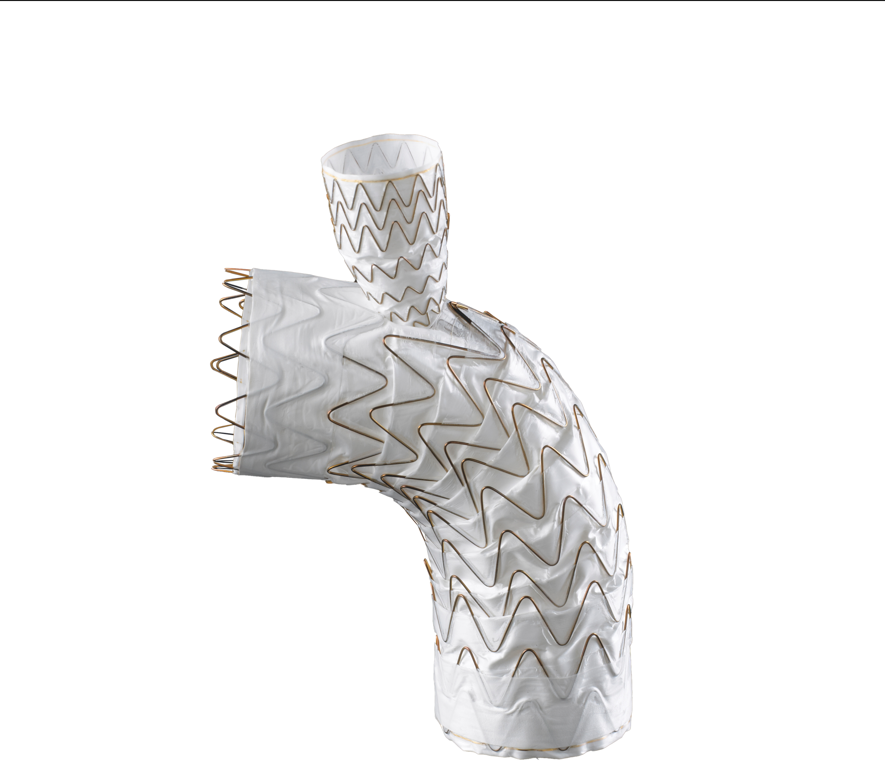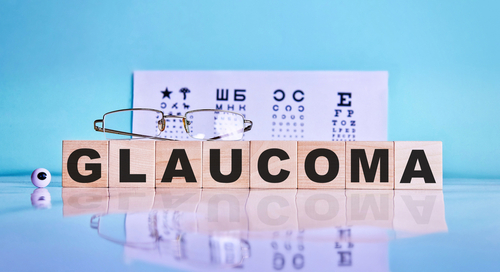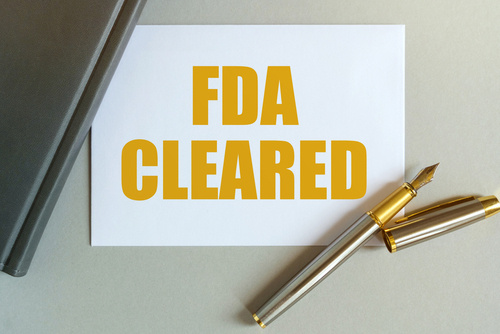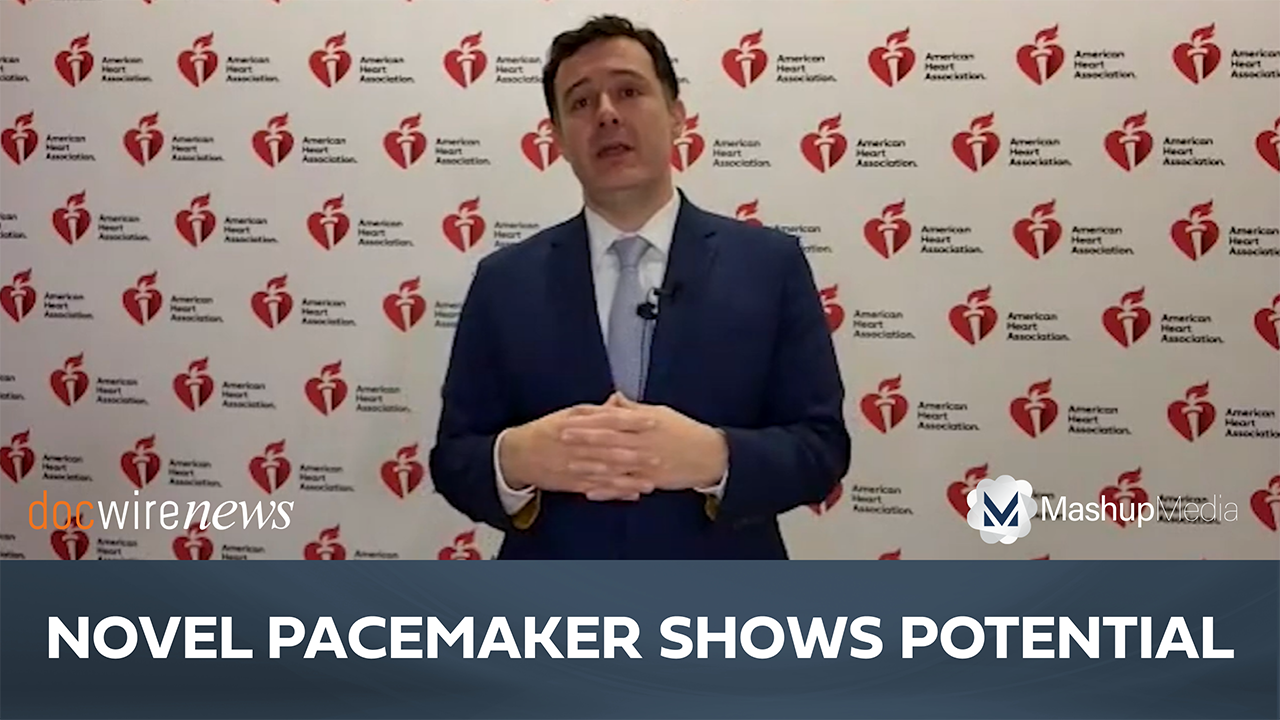Alon Ironi, CEO, Theranica, Talks a Safe and Effective Treatment Option for Migraine
By Rob Dillard - Last Updated: April 27, 2023A recent peer-reviewed real-world study published by Frontiers in Pain Research Journal concludes that remote electrical neuromodulation (REN), as administered by Theranica’s flagship product Nerivio, provides a safe and effective treatment option for treatment of acute migraine.
DocWire News spoke to Alon Ironi, CEO of Theranica, to learn more about the company, and its state-of-the-art device, Nerivio.
DocWire News: Tell us about your company, Theranica.
Alon Ironi: Theranica is a prescribed digital therapeutics company. The mission of the company is to help people that suffer from idiopathic pain diseases. These diseases typically express themselves mainly with pain. The pain is very physical, visible. It has biomarkers. It can be traced and so on. But in most of these diseases, it’s not clearly understood why there is so much pain. These are chronic diseases. Very debilitating patients suffer from them for years, sometimes for decades. And our mission is to provide these patients with a solid, efficacious, safe therapy that can help them manage their disease.
Tell us about migraine – how many people does it affect, and what is its impact?
Migraine affects about 12% of the population. So, if you take a country like the US, for example, there are about anywhere between 35 to 40 million people diagnosed with migraine. It affects mainly women. So there’s a ratio of about 5:1, I’d say in favor, but not so much in favor of women. I mean, they suffer more. It’s very debilitating. People that don’t suffer from migraine or don’t have a close relative or a friend that suffers from that, tend to believe that migraine is just another type of headache, while it’s actually not. It’s a combination of symptoms. Headache is obviously the most famous one, but it’s a combination of symptoms, including nausea and sensitivity to light, and sound. And it’s really debilitating. A lot of patients with migraine, when they get a migraine attack, they cannot function for anywhere between few hours to sometimes a whole day.
What is Nerivio, and how can it be used to treat migraine?
So the Nerivio is a device that currently has FDA indication for acute treatment of migraine, while we are also working on preventive treatment of migraine. But it’s a wearable device. It’s an electrical wearable device that is operated by a smartphone application. The mechanism of action is based on applying an electrical signal that was especially engineered and developed to trigger nociceptive nerve fibers under the skin on the upper arm. And by recruiting or triggering these nerve fibers, it provides the brainstem a message which triggers yet another mechanism in the central neuro system. Specifically in the brainstem, which is capable of aborting the migraine through releasing of certain neurotransmitters, mainly norepinephrine and serotonin that are very strong and logistic agents.
Talk to us about the study that was recently published in Frontiers in Pain Research – how was it conducted, and what were the findings?
Yes. The latest study that was published in Frontiers in Pain Research was one of the real world evidence studies that we’re doing. So basically in the life of a therapy, typically once you get the FDA approval, you are expected to continue and run studies. These are sometimes called phase four studies. This is a terminology that’s taken from pharma, where while in the pre-FDA studies, the focus is mainly on randomized control studies, where you can compare the therapy to a placebo therapy. In the real world, you actually test the therapy in real world environment, really in everyday life, patients don’t have any specific instructions. They just use the user manual, whatever the physician has told them. And they use the device as they see fit.
And this is very interesting because this studies typically follow first of all, a large number of patients. So if you compare real world evidence to control studies, typically, the sample size in real world studies is much larger. And in this study specifically, we had many thousands of patients included. The other thing is that it allows testing the therapy over a large period of time. Even if you take an example from the recent COVID vaccinations by Pfizer, Moderna, or others, they were initially tested on about 25,000 patients in a very short time, they were approved because of the urgency partially, and then they were released to the market. But really the most important studies were the ones that just followed that, the studies that tested the actual efficacy and safety of these vaccinations in hundreds of thousands of patients.
So this is similar to what we’re doing here. What’s interesting about, and I think unique about our technology is that in most cases, in real world studies where patients are not enrolled into a formal study and so on, the results are being collected retrospectively. In other words, after some time, physicians or other people are calling the patients and asking them, “Well, how did you feel when you take?” Or, “What was your level of pain?” And so on. And this kind of retrospective data is usually of less quality. Because of the Nerivio application and because of the data collection system that sits behind the Nerivio application, we’re actually capable of collecting prospective data. Real time data from patients, it’s being stored in a HIPAA compliant server. And even though in this case, we collected the data over 20 months, the data is really prospective real time data. And I think this is quite impressive.
What are the key takeaways of this study?
The key takeaways are number one, that the efficacy that is demonstrated in real life with real patients is almost exactly the same as the one that was demonstrated or was shown in the control study. So this solidifies the results in the sense that the pivotal study was not just a coincidence, or it wasn’t just because the patients, they knew that they’re in a study, and so on. But these results are really repeated in real life. The second thing is, or the second outcome or insight is that the therapy is sustained over a long period of time.
One of the limitations of control studies is that they’re short. In our case, in our control studies, we had patients using the device as part of the study for four weeks, sometimes six weeks, but not more than that. In this real world evidence, patients have been using the device for more than a year and a half. So this tells you that even over a long period of time, number one, there’s no risk. That is the most important thing. There safety issue. But there is no degradation in the efficacy over time. In other words, especially in neurology, one of the problems with some of the therapies is that the brain has a certain quality that’s called habituation. It sort of gets used to new stimulus or new stimuli, and after sometimes, they’re not as effective as they were at the beginning.
Within the electrical parameters of the device, we have a certain mechanism to overcome habituation, and it was interesting to see that patients have a stable response over a year, a year and a half. And this is a very important thing because it gives death to this therapy. And the other thing, quite often, we’re being asked about the intensity. Again, this has to do with habituation. Physicians are sometimes worried that patients would need to always use a higher intensity, which in our case is higher dosage. In other words, they would need to increase the dosage more and more and more over time. And we show that actually the intensity that is being applied by patients is stable over a long period of time. So all these really, I would say, connects between the scientific evidence that was collected in the control studies and then need for a long term sustainable therapy in real life.
What’s the ultimate goal of Theranica, and where do you see the company in three years?
The ultimate goal of Theranica is to provide a line of digital therapies in the sense that they’re based heavily on using data, processing data, and utilizing data, a line of products that addressing these debilitating diseases. So if you talk about three years from now, we see the migraine therapy becoming a first line therapy, at least in the US, hopefully in other regions, but definitely in the US. We see ourselves coming up with a solution for fibromyalgia, a solution for TMJ, which is a chronic pain in the jaw. Our role model are device companies that have managed to bring their solutions to tier one or to first line of therapy companies like Dexcom or Abiomed, and so on. This is where we see Theranica in a few years from now.
Any closing thoughts?
I think, where we are today is very exciting. When we founded the company, there were so many unknown, so many challenges on the way. First of all, you think, “Scientifically, this should work. Will this really work in clinical studies?” And then, okay, once you get over that hurdle, you are, “Okay, it works, let’s move on.” And the next stage is, “Is the FDA going to approve that and accept that?” And we know that the FDA can be very difficult. So we got that taken care of. And then you are, “Okay.” The next step is to really bring this to the market and get the feedback of patients and physicians. We’ve done that since the early 2020 for about a year and a half, until half a year ago.
And at that point in time we said, “Okay, so patients like the device, physicians are easily prescribing that. There’s one more thing to prove, and this is that health insurance companies are willing to pay for that.” And this is what we’ve done over the last half a year. We started engaging health insurance companies, and we have already several agreements with some of them. So I think with this, we feel very confident that this is our time to scale up and to really accelerate the sales and marketing activity of the company.







 © 2025 Mashup Media, LLC, a Formedics Property. All Rights Reserved.
© 2025 Mashup Media, LLC, a Formedics Property. All Rights Reserved.